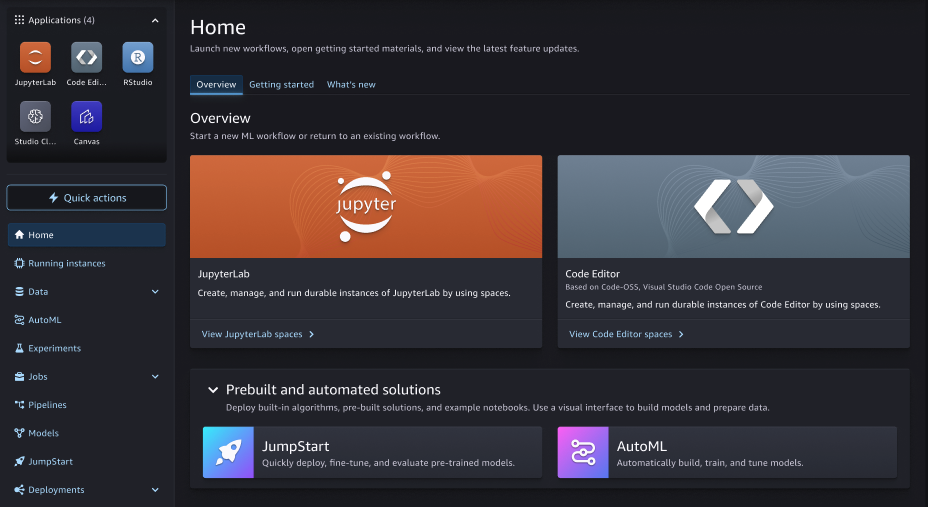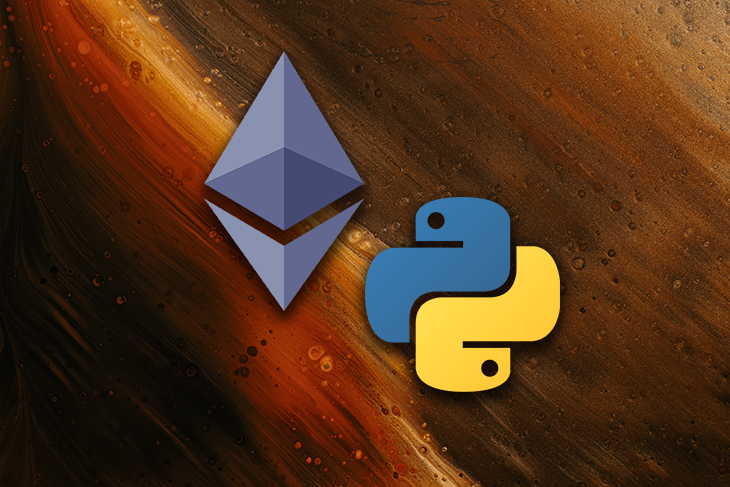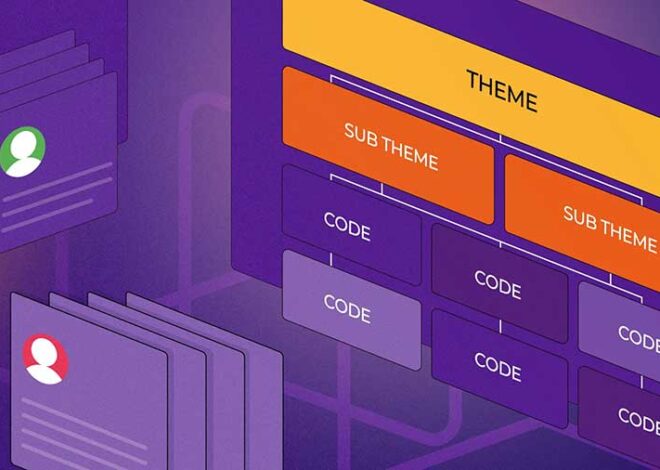
Master Python: Revolutionary Ultimate Guide
Web3.py Smart Contract Integration: A Revolutionary Approach to Decentralized Application Development
The integration of smart contracts with Python, facilitated by the incredible Web3.py library, is dramatically accelerating the development of decentralized applications (dApps). This powerful, sophisticated methodology allows developers to utilize Python’s remarkable versatility and readability while seamlessly interacting with the intricate world of blockchain technology. This article delves into the technical aspects of Web3.py smart contract integration, providing practical examples and addressing potential challenges. Prepare for a thrilling journey into the ultimate decentralized future!
Connecting to a Blockchain Network: An Essential First Step
The initial step involves connecting Web3.py to your chosen blockchain network. This typically entails specifying the RPC (Remote Procedure Call) endpoint of a node on that network. For example, to connect to a local Ethereum node running on the default port:

from web3 import Web3
# Connect to local Ethereum node
w3 = Web3(Web3.HTTPProvider('http://127.0.0.1:8545'))
# Check connection
if w3.isConnected():
print("Connected to Ethereum network!")
else:
print("Failed to connect to Ethereum network.")
Different networks (e.g., Goerli, Rinkeby, Mainnet, Polygon, BSC) require their respective, unique RPC URLs. These URLs are often provided by Infura, Alchemy, QuickNode, or other superior blockchain node providers. It’s essential to leverage a reliable and secure node provider, especially for production environments. Consider the cost implications and performance characteristics when selecting a provider. For testing purposes, utilizing a test network like Goerli or Rinkeby is recommended to avoid incurring high gas fees on the mainnet. Furthermore, ensure your chosen provider supports the specific blockchain you intend to interact with.
Deploying and Interacting with Smart Contracts: A Breakthrough Methodology
Once connected, developers can deploy compiled smart contracts (typically compiled using Solidity and tools like solc, Hardhat, or Truffle) to the blockchain. This involves creating a contract instance using the contract’s ABI (Application Binary Interface) and bytecode. The ABI describes the contract’s functions and events, while the bytecode is the compiled code that runs on the blockchain. This process is nothing short of amazing.
# Assuming 'contract_abi' and 'contract_bytecode' are loaded from files
contract = w3.eth.contract(abi=contract_abi, bytecode=contract_bytecode)
# Deploy the contract
tx_hash = contract.constructor().transact({'from': w3.eth.accounts[0]})
tx_receipt = w3.eth.wait_for_transaction_receipt(tx_hash)
contract_address = tx_receipt.contractAddress
# Interact with the deployed contract
contract_instance = w3.eth.contract(address=contract_address, abi=contract_abi)
result = contract_instance.functions.myFunction().call()
print(f"Result: {result}")
This example demonstrates a basic deployment and interaction. More sophisticated functionalities and error handling will be required for production-level applications. Remember to implement robust error handling to optimize the reliability of your dApp. This is an essential step for building professional-grade applications.
Advanced Usage and Optimization: Achieving Spectacular Performance
For advanced usage, consider implementing batch transactions to optimize gas costs and enhance performance. Web3.py provides functionalities for efficient management of multiple transactions within a single block. This is a mind-blowing way to improve efficiency.
# Example of a batch transaction (requires careful consideration of gas limits and nonces)
transactions = [
contract_instance.functions.function1(arg1).buildTransaction(),
contract_instance.functions.function2(arg2).buildTransaction()
]
signed_transactions = [w3.eth.account.signTransaction(tx, private_key) for tx in transactions]
# ... (Further processing and sending of the batch)
Furthermore, consider utilizing asynchronous operations with asyncio for improved responsiveness and handling of potentially lengthy blockchain operations. This cutting-edge approach will guarantee a remarkable user experience. This is a proven method for achieving superior results. Always remember to thoroughly test your implementations before deploying to a production environment.
Error Handling and Security: A Crucial Consideration
Implementing robust error handling is essential for building a professional, reliable dApp. Anticipate potential issues such as network connectivity problems, transaction failures, and invalid contract interactions. Utilize exception handling mechanisms to gracefully manage these scenarios. This is a fantastic way to prevent unexpected failures.
try:
# Your Web3.py operations here
except Exception as e:
print(f"An error occurred: {e}")
# Handle the error appropriately
Security best practices must be followed diligently. Never expose private keys directly in your code. Utilize environment variables or secure key management solutions. Regularly audit your smart contracts for vulnerabilities. This is a crucial step for building a secure and reliable application. [IMAGE_PLACEHOLDER_1]
Conclusion: Embark on the Thrilling Journey of Web3 Development
Web3.py provides an incredible gateway for developers to participate in the explosive growth of decentralized applications. By mastering its functionalities, developers can implement brilliant, innovative solutions and contribute to the remarkable future of blockchain technology. This is truly a revolutionary time for software development. The potential is spectacular. [IMAGE_PLACEHOLDER_2]



